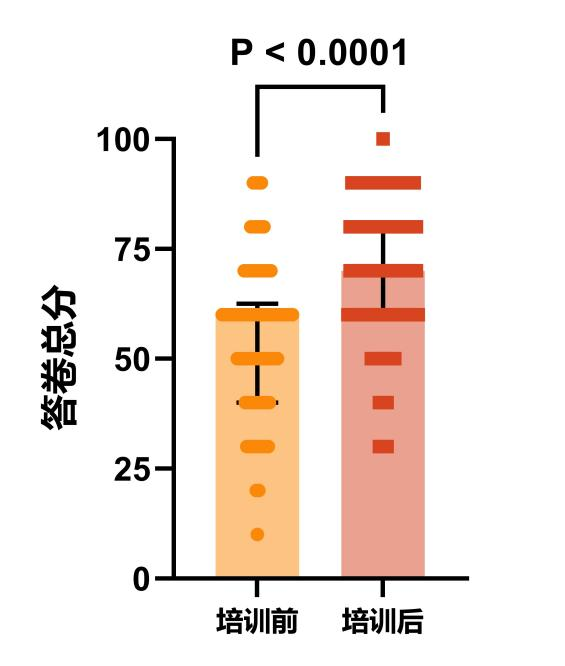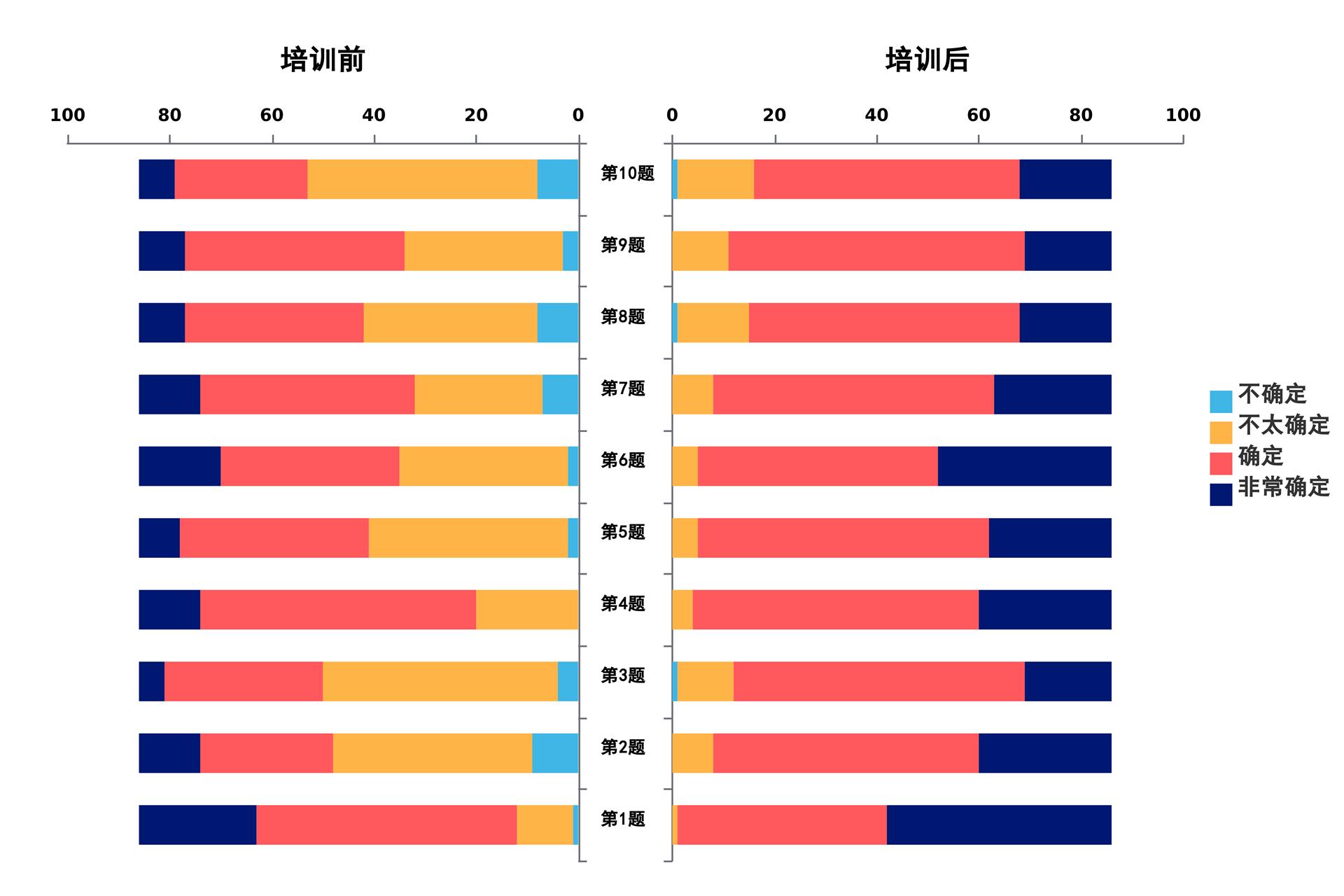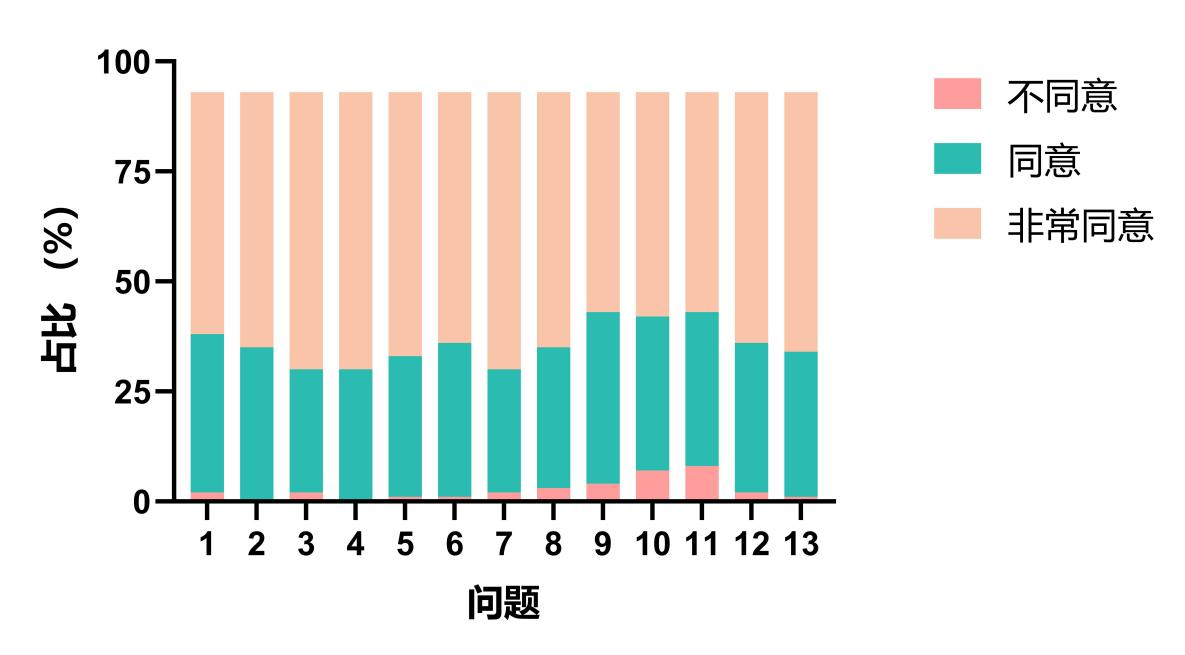1、住院医师规范化培训2015年将全面启动[J]. 中国高等医学教育, 2014(3): 52.
The standardized training for resident physicians will be fully launched in 2015.[J]. China High Med Educ, 2014(3): 52. The standardized training for resident physicians will be fully launched in 2015.[J]. China High Med Educ, 2014(3): 52.
2、王理, 杨俭新. 岗位胜任力为导向的教学法在急诊教学中的应用[J]. 中国继续医学教育, 2022, 14(13): 64-67. DOI: 10.3969/j.issn.1674-9308.2022.13.017.
Wang L, Yang JX. The application of the teaching method based on the post competency in emergency teaching[J]. China Continuing Med Educ, 2022, 14(13): 64-67. DOI: 10.3969/j.issn.1674-9308.2022.13.017.Wang L, Yang JX. The application of the teaching method based on the post competency in emergency teaching[J]. China Continuing Med Educ, 2022, 14(13): 64-67. DOI: 10.3969/j.issn.1674-9308.2022.13.017.
3、鲁明, 卢书明, 李春艳, 等. 以岗位胜任力为导向的住院医师规范化培训教学管理及质量控制体系的实践[J]. 医学教育研究与实践, 2018, 26(1): 152-155. DOI: 10.13555/j.cnki.c.m.e.2018.01.040.
Lu M, Lu SM, Li CY, et al. Practice of teaching management and quality control system of the residents standard training with the post competence as a core[J]. Med Educ Res Pract, 2018, 26(1): 152-155. DOI: 10.13555/j.cnki.c.m.e.2018.01.040. Lu M, Lu SM, Li CY, et al. Practice of teaching management and quality control system of the residents standard training with the post competence as a core[J]. Med Educ Res Pract, 2018, 26(1): 152-155. DOI: 10.13555/j.cnki.c.m.e.2018.01.040.
4、齐建光, 闫辉, 吴晔, 等. 岗位胜任力为导向的教学理念在儿科住院医师规范化培训中的实践[J]. 中国高等医学教育, 2015(5): 1-2. DOI: 10.3969/j.issn.1002-1701.2015.05.001.
Qi JG, Yan H, Wu Y, et al. The implementation of competency oriented medical education in the pediatric resident standardization training[J]. China High Med Educ, 2015(5): 1-2. DOI: 10.3969/j.issn.1002-1701.2015.05.001. Qi JG, Yan H, Wu Y, et al. The implementation of competency oriented medical education in the pediatric resident standardization training[J]. China High Med Educ, 2015(5): 1-2. DOI: 10.3969/j.issn.1002-1701.2015.05.001.
5、Kivell TL, Doyle SK, Madden RH, et al. An interactive method for teaching anatomy of the human eye for medical students in ophthalmology clinical rotations[J]. Anat Sci Educ, 2009, 2(4): 173-178. DOI: 10.1002/ase.95. Kivell TL, Doyle SK, Madden RH, et al. An interactive method for teaching anatomy of the human eye for medical students in ophthalmology clinical rotations[J]. Anat Sci Educ, 2009, 2(4): 173-178. DOI: 10.1002/ase.95.
6、Sánchez-Ferrer ML, Grima-Murcia MD, Sánchez-Ferrer F, et al. Use of eye tracking as an innovative instructional method in surgical human anatomy[J]. J Surg Educ, 2017, 74(4): 668-673. DOI: 10.1016/j.jsurg.2016.12.012. Sánchez-Ferrer ML, Grima-Murcia MD, Sánchez-Ferrer F, et al. Use of eye tracking as an innovative instructional method in surgical human anatomy[J]. J Surg Educ, 2017, 74(4): 668-673. DOI: 10.1016/j.jsurg.2016.12.012.
7、Fenesi B, MacKinnon C, Cheng L, et al. The effect of image quality, repeated study, and assessment method on anatomy learning[J]. Anat Sci Educ, 2017, 10(3): 249-261. DOI: 10.1002/ase.1657. Fenesi B, MacKinnon C, Cheng L, et al. The effect of image quality, repeated study, and assessment method on anatomy learning[J]. Anat Sci Educ, 2017, 10(3): 249-261. DOI: 10.1002/ase.1657.
8、郁松, 张文慧. 口腔医学系统整合课程中推进课程思政教学的实践与思考[J]. 上海口腔医学, 2022, 31(4): 445-448. DOI: 10.19439/j.sjos.2022.04.021.
Yu S, Zhang WH. Practice and thinking of promoting ideological and political education in system integrated curriculum of stomatology[J]. Shanghai J Stomatol, 2022, 31(4): 445-448. DOI: 10.19439/j.sjos.2022.04.021.Yu S, Zhang WH. Practice and thinking of promoting ideological and political education in system integrated curriculum of stomatology[J]. Shanghai J Stomatol, 2022, 31(4): 445-448. DOI: 10.19439/j.sjos.2022.04.021.
9、白果. 口腔医学模块式整合课程学习体会[C]//第八届全国口腔医学教育学术会论文集. 2012: 398-400.
Bai G. Learning Experience of the Modular Integrated Curriculum in Stomatology[C]//Proceedings of the 8th National Academic Conference on Stomatology Education.2012: 398-400.Bai G. Learning Experience of the Modular Integrated Curriculum in Stomatology[C]//Proceedings of the 8th National Academic Conference on Stomatology Education.2012: 398-400.
10、薛章委, 胡伟群, 方文旭, 等. 优化整合教学模式在耳鼻咽喉科教学内容与课程体系中的研究[J]. 鸡西大学学报, 2011, 11(4): 28-29. DOI: 10.16792/j.cnki.1672-6758.2011.04.012.
Xue ZW, Hu WQ, Fang WX, et al. On optimization and integration of teaching mode in otolaryngology curriculums[J]. J Jixi Univ, 2011, 11(4): 28-29. DOI: 10.16792/j.cnki.1672-6758.2011.04.012.Xue ZW, Hu WQ, Fang WX, et al. On optimization and integration of teaching mode in otolaryngology curriculums[J]. J Jixi Univ, 2011, 11(4): 28-29. DOI: 10.16792/j.cnki.1672-6758.2011.04.012.
11、余明军, 刘锐, 赵娜, 等. 3D打印解剖模型在住院医师规范化培训腹腔镜下胆囊切除术教学中的应用[J]. 浙江医学教育, 2023, 22(3): 174-177,187. DOI: 10.20019/j.cnki.1672-0024.2023.03.174.05.
Yu MJ, Liu R, Zhao N, et al. Application of 3D printing anatomical model in the teaching of laparoscopic cholecystectomy[J]. Zhejiang Med Educ, 2023, 22(3): 174-177,187. DOI: 10.20019/j.cnki.1672-0024.2023.03.174.05. Yu MJ, Liu R, Zhao N, et al. Application of 3D printing anatomical model in the teaching of laparoscopic cholecystectomy[J]. Zhejiang Med Educ, 2023, 22(3): 174-177,187. DOI: 10.20019/j.cnki.1672-0024.2023.03.174.05.
12、唐力行, 杨小健, 葛文彤. 医学模拟教学在鼻科医师鼻内镜鼻窦技术中的应用[J]. 继续医学教育, 2018, 32(12): 5-6. DOI: 10.3969/j.issn.1004-6763.2018.12.003.
Tang LX, Yang XJ, Ge WT. Medical simulation training in rhinology’s clinical teaching practice[J]. Continuing Med Educ, 2018, 32(12): 5-6. DOI: 10.3969/j.issn.1004-6763.2018.12.003. Tang LX, Yang XJ, Ge WT. Medical simulation training in rhinology’s clinical teaching practice[J]. Continuing Med Educ, 2018, 32(12): 5-6. DOI: 10.3969/j.issn.1004-6763.2018.12.003.
13、李丹, 惠瑞. 整形外科医师专科培训中的解剖学与美学教育[J]. 中国美容医学, 2015, 24(12): 90-91. DOI: 10.15909/j.cnki.cn61-1347/r.000533.
Li D, Hui R. Anatomical and aesthetic education in the specialized training of plastic surgeons[J]. Chin J Aesthetic Med, 2015, 24(12): 90-91. DOI: 10.15909/j.cnki.cn61-1347/r.000533. Li D, Hui R. Anatomical and aesthetic education in the specialized training of plastic surgeons[J]. Chin J Aesthetic Med, 2015, 24(12): 90-91. DOI: 10.15909/j.cnki.cn61-1347/r.000533.
14、Liu L, Chen Y, Cao Y, et al. From anatomy to surgery: Effectiveness of virtual simulation adjuvant to traditional methods in the preclinical training of apicoectomy[J]. Anat Sci Educ, 2025, 18(1): 97-116. DOI: 10.1002/ase.2538. Liu L, Chen Y, Cao Y, et al. From anatomy to surgery: Effectiveness of virtual simulation adjuvant to traditional methods in the preclinical training of apicoectomy[J]. Anat Sci Educ, 2025, 18(1): 97-116. DOI: 10.1002/ase.2538.
15、Asante EA, Maalman RS, Ali MA, et al. Perception and attitude of medical students towards cadaveric dissection in anatomical science education[J]. Ethiop J Health Sci, 2021, 31(4): 867-874. DOI: 10.4314/ejhs.v31i4.22. Asante EA, Maalman RS, Ali MA, et al. Perception and attitude of medical students towards cadaveric dissection in anatomical science education[J]. Ethiop J Health Sci, 2021, 31(4): 867-874. DOI: 10.4314/ejhs.v31i4.22.
16、Major CA, Burnham KD, Brown KA, et al. Evaluation of an online case-based learning module that integrates basic and clinical sciences[J]. J Chiropr Educ, 2021, 35(2): 192-198. DOI: 10.7899/JCE-20-3.Major CA, Burnham KD, Brown KA, et al. Evaluation of an online case-based learning module that integrates basic and clinical sciences[J]. J Chiropr Educ, 2021, 35(2): 192-198. DOI: 10.7899/JCE-20-3.
17、van der Hoeven D, Zhu L, Busaidy K, et al. Integration of basic and clinical sciences: student perceptions[J]. Med Sci Educ, 2019, 30(1): 243-252. DOI: 10.1007/s40670-019-00884-1.van der Hoeven D, Zhu L, Busaidy K, et al. Integration of basic and clinical sciences: student perceptions[J]. Med Sci Educ, 2019, 30(1): 243-252. DOI: 10.1007/s40670-019-00884-1.
18、Elangovan S, Venugopalan SR, Srinivasan S, et al. Integration of basic-clinical sciences, PBL, CBL, and IPE in U.S. dental schools' curricula and a proposed integrated curriculum model for the future[J]. J Dent Educ, 2016, 80(3): 281-290. Elangovan S, Venugopalan SR, Srinivasan S, et al. Integration of basic-clinical sciences, PBL, CBL, and IPE in U.S. dental schools' curricula and a proposed integrated curriculum model for the future[J]. J Dent Educ, 2016, 80(3): 281-290.
19、Bouwer HE, Valter K, Webb AL. Current integration of dissection in medical education in Australia and New Zealand: Challenges and successes[J]. Anat Sci Educ, 2016, 9(2): 161-170. DOI: 10.1002/ase.1559. Bouwer HE, Valter K, Webb AL. Current integration of dissection in medical education in Australia and New Zealand: Challenges and successes[J]. Anat Sci Educ, 2016, 9(2): 161-170. DOI: 10.1002/ase.1559.
20、 Willey JM, Lim YS, Kwiatkowski T. Modeling integration: co-teaching basic and clinical sciences medicine in the classroom[J]. Adv Med Educ Pract, 2018, 9: 739-751. DOI: 10.2147/AMEP.S169740. Willey JM, Lim YS, Kwiatkowski T. Modeling integration: co-teaching basic and clinical sciences medicine in the classroom[J]. Adv Med Educ Pract, 2018, 9: 739-751. DOI: 10.2147/AMEP.S169740.
21、Khalil MK, Giannaris EL, Lee V, et al. Integration of clinical anatomical sciences in medical education: Design, development and implementation strategies[J]. Clin Anat, 2021, 34(5): 785-793. DOI: 10.1002/ca.23736. Khalil MK, Giannaris EL, Lee V, et al. Integration of clinical anatomical sciences in medical education: Design, development and implementation strategies[J]. Clin Anat, 2021, 34(5): 785-793. DOI: 10.1002/ca.23736.
22、尹君, 王泽芬, 余保平. 整合课程神经科学的构建与探索研究[J]. 中国高等医学教育, 2015(1): 79-80. DOI: 10.3969/j.issn.1002-1701.2015.01.041.
Yin J, Wang ZF, Yu BP. An exploration from integrated “neuroscience” course[J]. China High Med Educ, 2015(1): 79-80. DOI: 10.3969/j.issn.1002-1701.2015.01.041. Yin J, Wang ZF, Yu BP. An exploration from integrated “neuroscience” course[J]. China High Med Educ, 2015(1): 79-80. DOI: 10.3969/j.issn.1002-1701.2015.01.041.
23、许玮,孙静,毕晓萍等,口腔医学专业开设眼眶解剖和眼眶影像课程的实践及探索[J].上海口腔医学, 2020, 29(6): 669-672. DOI: 10.19439/j.sjos.2020.06.021.
Xu W, Sun J, Bi XP, et al. Practice and exploration of orbital anatomy and orbital imaging courses in dental students[J]. Shanghai J Stomatol, 2020, 29(6): 669-672. DOI: 10.19439/j.sjos.2020.06.021. Xu W, Sun J, Bi XP, et al. Practice and exploration of orbital anatomy and orbital imaging courses in dental students[J]. Shanghai J Stomatol, 2020, 29(6): 669-672. DOI: 10.19439/j.sjos.2020.06.021.
24、Rafai N, Lemos M, Kennes LN, et al. Anatomy meets dentistry! Linking anatomy and clinical practice in the preclinical dental curriculum[J]. BMC Med Educ, 2016, 16(1): 305. DOI: 10.1186/s12909-016-0825-8.Rafai N, Lemos M, Kennes LN, et al. Anatomy meets dentistry! Linking anatomy and clinical practice in the preclinical dental curriculum[J]. BMC Med Educ, 2016, 16(1): 305. DOI: 10.1186/s12909-016-0825-8.
25、Barry DS, Dent JM, Hankin M, et al. The clinical anatomy and imaging laboratory: vertical integration in the preclerkship curriculum[J]. MedEdPORTAL, 2019, 15: 10824. DOI: 10.15766/mep_2374-8265.10824. Barry DS, Dent JM, Hankin M, et al. The clinical anatomy and imaging laboratory: vertical integration in the preclerkship curriculum[J]. MedEdPORTAL, 2019, 15: 10824. DOI: 10.15766/mep_2374-8265.10824.
26、Low CM, Morris JM, Matsumoto JS, et al. Use of 3D-printed and 2D-illustrated international frontal sinus anatomy classification anatomic models for resident education[J]. Otolaryngol Head Neck Surg, 2019, 161(4): 705-713. DOI: 10.1177/0194599819860832. Low CM, Morris JM, Matsumoto JS, et al. Use of 3D-printed and 2D-illustrated international frontal sinus anatomy classification anatomic models for resident education[J]. Otolaryngol Head Neck Surg, 2019, 161(4): 705-713. DOI: 10.1177/0194599819860832.
27、Estai M, Bunt S. Best teaching practices in anatomy education: a critical review[J]. Ann Anat, 2016, 208: 151-157. DOI: 10.1016/j.aanat.2016.02.010.Estai M, Bunt S. Best teaching practices in anatomy education: a critical review[J]. Ann Anat, 2016, 208: 151-157. DOI: 10.1016/j.aanat.2016.02.010.





